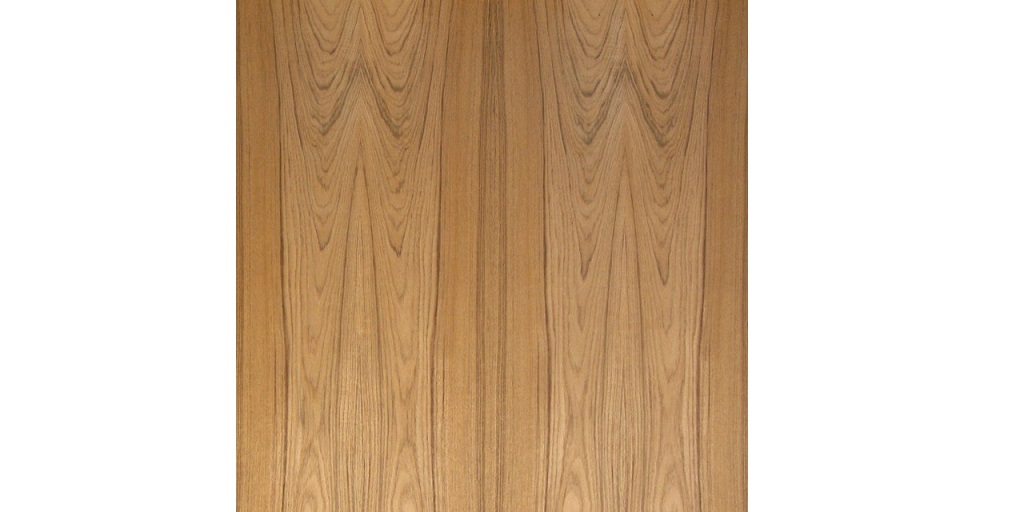About Teak & Wood Veneer Sheets (What You Need to Know)

The allure of teak, also known as djati and tekku, with its bright tones and unique cathedrals, has long made it a premier specimen for ornamentation.
If you’re interested in the use of wood as a decorative natural essence, consider teak wood veneer sheets instead of solid hardwood. Here’s what you need to know.
What Is Wood Veneer?
First things first, wood veneer is real wood. Typically, wood veneer consists of a very thin layer of wood, usually a few millimeters thick, that is then bonded to another material, either a paper backed sheet, a solid piece of another species of wood or to particleboard.
Wood veneer is also available for sale in flexible sheets, with some suppliers selling it in peel-and-stick sheets (also known as PSA) that can be applied to the purchaser’s choice of substrate.
Why Teak?
Teak has been widely used in a variety of applications thanks to its beautiful luster and grain, but also for its unique properties. Teak is extremely hard and strong and naturally rot-resistant.
Consequently, teak has been used in shipbuilding since the middle ages and many modern yacht interiors and vessels are still made with teak rails, decks, or hatch covers.
This unique blending of elements makes teaks a choice wood for decoration and ornamentation.
Why Wood Veneer Over Solid Wood?
There are numerous reasons that it makes more sense to use teak wood veneer sheets over solid hardwood or hardwood panels.
One is the expense. Teak wood is in high demand and as a result, it quickly becomes cost-prohibitive to use solid hardwood in place of veneer.
Another is environmental friendliness. Since teak wood veneer sheets are very thin, one tree can make many times the number of sheets by comparison to the number of items of furniture it would be able to make. Wood veneer sheets are an economical way to “stretch” limited timber reserves, and require fewer harvests.
One more is durability. Solid wood can be prone to splitting or warping. Since wood veneer sheets can be applied to more stable substrates, veneer furniture or ornamentation is often less susceptible to these issues associated with solid wood.
What Sort of Maintenance Do Wood Veneer Sheets Require?
Like solid hardwood, teak wood veneer sheets (like all wood veneers) require some TLC to protect them for the long haul.
Three factors pose the biggest threats to wood veneer sheets. These are sunlight, temperature fluctuations (particularly high heat), and moisture.
The most important thing you can do is prevent exposure to these factors. Avoiding direct exposure to prolonged periods of time will keep your veneer in top quality for longer, as sunlight can cause wood to break down and turn gray.
Also, if you spill anything on wood veneer, wipe it up before it soaks in, as wood is naturally absorbent. Finally, try to limit exposing your teak veneer to wild swings in temperature and humidity.
Where Can You Get High-Quality Teak Wood Veneer Sheets?
Oakwood Veneer Company is your source for all different types of high-quality teak veneer sheets. Flexible wood veneer sheets are available in 10 mil, 22 mil bubble free veneer (BFV), wood on wood (W.O.W), phenolic, and the 3m pressure sensitive adhesive backers. They also sell veneer panels and edgebanding and produce veneers from a wide, colorful range of domestic and exotic wood species, including burl wood veneer, too.
For more information, visit their website at OakwoodVeneer.com or get in touch with them directly at 800-426-6018.